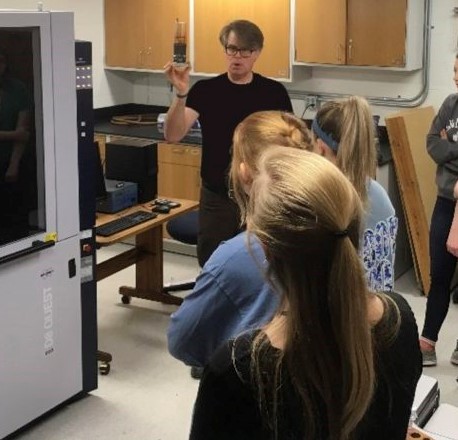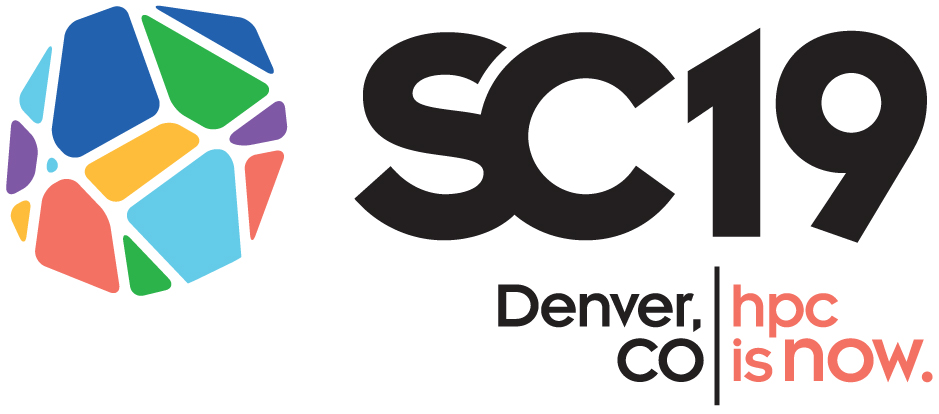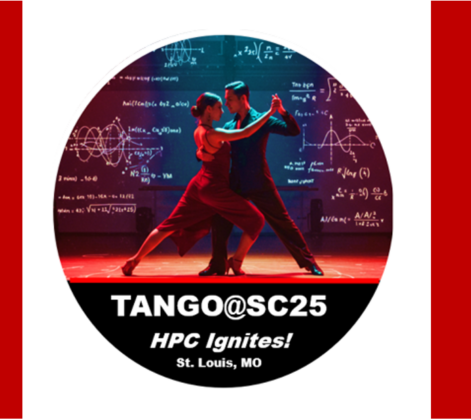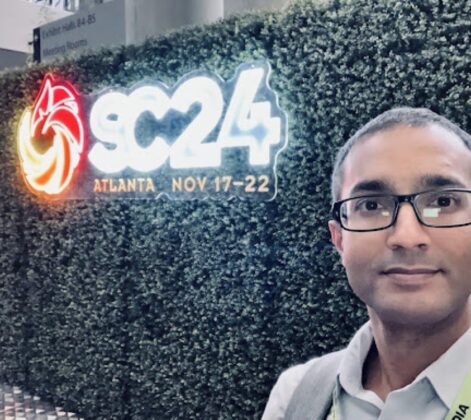By: Professor Marcus Bond, Southeast Missouri State University
I never expected to have a 1st SC. As a chemistry faculty member and crystallographer, I have been active in computing my entire career. But my involvement in high-performance computing (HPC) is more recent. Several years ago it seemed like a good idea to install a small cluster in our department in order to promote computational science. At the time, I was completely unaware of the larger supercomputing community. It was only at the urging of Jim Paugh of Advanced Clustering Technologies (our vendor) that I attended the 2015 Oklahoma Supercomputing Symposium. It was a very new and confusing experience for me, so many new terms and acronyms—SC, XSEDE—that seemed of casual acquaintance to the other attendees.

With my background and limited institutional support, the SC conferences seemed out of reach. I was surprised and excited when STEM-Trek sponsored my attendance at SC16 in Salt Lake City. It was an eye-opening, educational and overwhelming experience. Having attended once, it became easier to convince my institution to allow me to attend in subsequent years. Each time, I learn more, but I also am able to represent my university while—is it OK to admit this?—having a lot of fun in the process. So as my 4th time in as many years at SC, it is perhaps appropriate to not only discuss my experience this year, but reflect back.
Tutorials
This is the second time I have attended tutorials, the first at SC16 where I really focused on introductory parallel programming and networking. Now in my 4th year I felt ready for something more daring.
First up was “Introduction to Quantum Computing.” I have attended several seminars and sessions about quantum computing, and know a colleague who wrote a dissertation on error correction in quantum computing. But I still find it bewildering. Not the quantum part—that’s easy, but the computing part. I have read parts of “Quantum Computing: A Gentle Introduction” by Eleanor Rieffel and Wolfgang Polak (I picked up a copy at the conference discount last SC), and have used the book in my Advanced Physical Chemistry class as an application of quantum superposition and entanglement. To my pleasant surprise, one of the presenters was….Eleanor Rieffel! So I kept up in the first part of the workshop fine, I teach much of this, although hearing from the computing perspective gave it some fresh insight—especially when it came to tensor products. It was a little rougher once the quantum circuit analysis began using the circuit builder at algassert.com/quirk—my knowledge of circuit logic symbols is rusty, and I got a little behind. But the time we had to work hands-on problems gave me a chance to get caught up. I then had the opposite problem of having too much fun with the quantum circuit builder that I was distracted from the workshop. I may turn this loose on the Advanced Physical Chemistry students this Spring. It was fun!
And also timely due to the recent announcement of “quantum supremacy” in the journal Nature. Which I had completely missed. At my primarily undergraduate institution, it’s difficult to keep up with the literature. Regular attendance at conferences, such as SC, have been useful in remaining current.

The second tutorial day I attended a more immediately practical session: “Delivering HPC: Procurement, Cost Models, Metrics, and More” led by professional consultants. Since our tiny cluster is 6 years old, and my efforts at pushing for a central research computing facilty. While the workshop dealt with many details relating to evaluating bids, establishing metrics, and a nice spreadsheet for evaluating costs that I hope to be returning to. Rather than go through those details, I will say that I was impressed with the way the presenters emphasized the importance of people to HPC at the outset. This slide from the start of the workshop stood out to me:

The last bullet point especially underscores the importance of the OU-based Advanced Cyberinfrastructure Research and Education Facilitators Virtual Residency I have been a part of, and that played a significant role in my becoming an XSEDE Campus Champion and my continued attendance at SC.
And this slide:

Keynotes and Invited Talks
As a relative newcomer to HPC, the keynotes and invited talks are especially useful since they often deal with the science enabled by HPC rather than the technical details of the computation—which I am still learning. This year was especially true as many of these presentations dealt with space exploration to coincide with the 50th anniversary of the Apollo 11 moon landings. I have read several books over the past year on general relativity, gravity, black holes, gravity waves, the big bang, and cosmology in general, a program that was inspired by my attendance at a session on general relativity and gravity waves at International Supercomputing. So I loved them all.
The talk about the Mars rover missions seemed an audience favorite. I found it interesting that the project involved very little large scale computing, the only use of large-scale computing in the mission was computational fluid dynamics to predict parachute behavior in the Martian atmosphere. Yet the technical challenges and unexpected hurdles the team dealt with I thought spoke more broadly to the technical challenges of delivering HPC and the importance of HPC in enabling science, not only large scale computing. The talk by Katie Bouman (CalTech) on the first picture of a black hole was highly anticipated, by me especially. When I arrived at the Oklahoma Supercomputing Symposium this year, during the evening reception I learned that Bouman was giving a talk across the street at the same time. I felt a little ripped off! It was nice to see her speak (finally!), and I loved the review of the history of radio astronomy and the description of the worldwide team effort. “OpenSpace—Visualizing the Universe” was amazing. I brought that talk home and am working to have OpenSpace installed in our new STEM Visualization Center.
Of the award talks, I enjoyed the hidden history (to me, at least) of GPUs by David Kirk and the lengthy background on parallel and grid computing (going almost back to my first encounter with scientific computing—that Fortran course in 1977!). New to the field, I appreciate learning more of the history. The talk by Alan Edelman on the Julia language was especially engaging. (I liked how he worked without a net doing a live demonstration). I have not used Julia, but his strong advocacy for the importance of language makes me think I should. And I had no idea that Julia is the Ju in Jupyter.
Connections and community
Besides informational sessions, community is a major benefit of attending SC. I was fortunate at my first SC to already have connections both through the STEM-Trek program and the OU-based ACI-REF Virtual Residency. Coming back for my 4th SC, the connections and community have become a major part of attendance. Informally, meeting fellow STEM-Trek participants for a day trip to Breckenridge before the conference or bumping into colleagues at registration, to semi-formally in meetings on the exhibition floor, to formal BoFs (such as XSEDE Campus Champions). I found more of my time this conference spent meeting colleagues than in previous years. Even a few of the smaller vendors on the exhibition floor remembered me.
I have found that these contacts are one of the most valuable benefits of attending, often in random ways. At my first Oklahoma Supercomputing Symposium the talk I had planned on for the last session was cancelled, and I thought about leaving early. But I figured since I was there, I might as well find another talk to attend instead. After that talk I ended up meeting Scott Lathrop and Kay Hunt and having my first chat about the XSEDE Campus Champion program. Without that meeting I may not have continued.
A highlight was the “Community Building for Sustainable and Scalable HPC Outreach” BoF on Tuesday evening. Which did involve a lot of interaction and community building among the attendees, along with learning new ways of bringing HPC awareness to children. This ranged from “mini-clusters” such as the Wee Archie (pictured below) to craft activities, such as coding a name into a friendship bracelet (which I made for my wife and shown in the main picture above).


780 volunteers, 370 exhibitors, 1,150 presenters, and a record 13,950 attendees.





